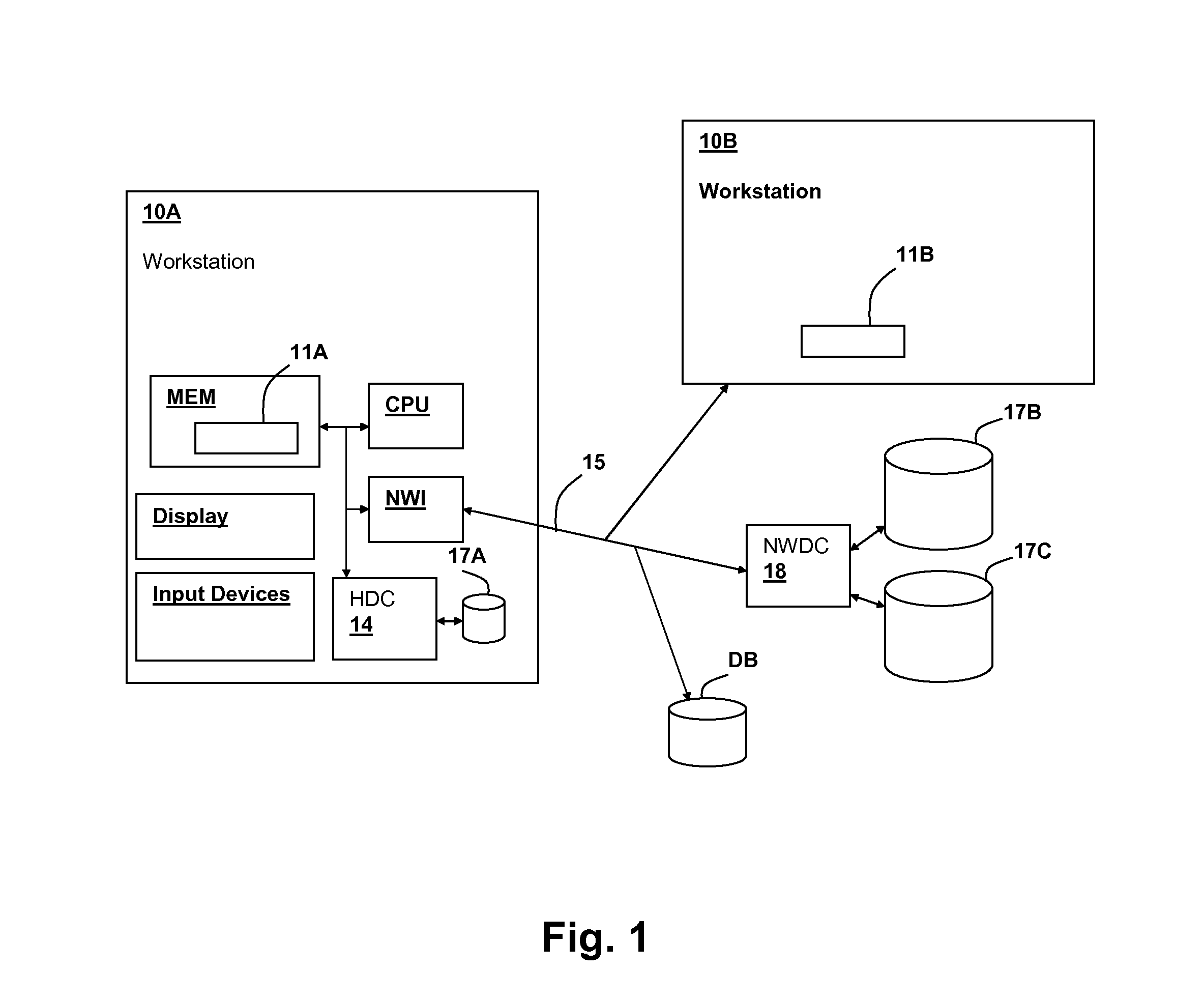Document tagging and retrieval using per-subject dictionaries including subject-determining-power scores for entries
a document tagging and retrieval technology, applied in the field of information retrieval, can solve the problems of increasing the response size of a query, and achieve the effect of efficient categorizing and retrieving documents
- Summary
- Abstract
- Description
- Claims
- Application Information
AI Technical Summary
Benefits of technology
Problems solved by technology
Method used
Image
Examples
Embodiment Construction
[0019]The present invention relates to document tagging and retrieval, and in particular to techniques for identifying and retrieving files in big data collections. Multiple dictionaries, each having a corresponding subject, contain terms that are associated with the subject, i.e., the terms that ordinarily occur in association with the subject in written documents. Thus, a term may occur across multiple dictionaries, but have a different meaning or descriptive power with respect to different subjects. The term entries in each dictionary have a score value associated with the term and stored in the dictionary along with the term. The score value is a “subject-determining-power score” (SDP score) that is an indicator of the power of the term to determine the subject of a query, a document, or other item associated with the term. For example, an SDP score may be used to weight terms used to tag a document, according to how strongly they indicate that the document concerns a particular...
PUM
 Login to View More
Login to View More Abstract
Description
Claims
Application Information
 Login to View More
Login to View More - R&D
- Intellectual Property
- Life Sciences
- Materials
- Tech Scout
- Unparalleled Data Quality
- Higher Quality Content
- 60% Fewer Hallucinations
Browse by: Latest US Patents, China's latest patents, Technical Efficacy Thesaurus, Application Domain, Technology Topic, Popular Technical Reports.
© 2025 PatSnap. All rights reserved.Legal|Privacy policy|Modern Slavery Act Transparency Statement|Sitemap|About US| Contact US: help@patsnap.com



